This explains that power system protection is a significant area of research in electrical engineering, aiming to provide safety, stability, and insulation for power grids. With rapid advancements in technology, traditional methods of protection have changed to accommodate improvements in fault detection, isolation, and restoration. This blog looks into some of the new technologies used in projects for power systems.
1. Smart Grid Protection Systems
Smart grids leverage the advanced sensors, communication networks, and automation to enhance power system protection. Key components include:
- Phasor Measurement Units (PMUs): Real-time monitoring of electrical quantities is intentionally quick to detect faults and analyze system stability.
- Wide-Area Protection Systems (WAPS): Co-ordination
- Artificial Intelligence (AI) and Machine Learning (ML): These are algorithms that analyse data patterns to predict and prevent a disturbance in the system.
Besides this, real-time electric parameters monitoring techniques (PMUs). They tell us even about the faults in the system very quickly and also analyze the system stability.
2. Digital Relays and IEC 61850 Protocol
Digital relays offered better response time and upgraded features compared to the traditional electromechanical relay. Its IEC 61850 standard allows interoperability and data communication between protective devices.
The main advantages are highlighted as follows:
• Fault detection and responses are faster.
• Remote monitoring and control.
• Reduced costs for maintenance and operation.
3. Adaptive Protection Systems
Adaptive protection comprises adjustments in real-time for settings of protection devices considering system conditions before and during an emergency. This technology guarantees that is continuously optimal for applicable conditions under any load or fault conditions. Some adequate features include:
- Self-Healing Networks: The system can automatically detect the faults and isolate the affected sections and restore the unaffected sections.
- Dynamic Line Rating (DLR): Relay settings are adjusted concerning environmental conditions, such as temperature and wind speed.
4. Microgrid Protection
Protection elements are surely required to generate a sustainable power demand in micro-grids, which relies heavily on distributed generation and renewable energy. The possible innovative mechanisms for this purpose are:
• Inverse-time overcurrent relays: The time-overcurrent can be set to operate with a time delay inversely proportional to the immediate magnitude of the fault current.
• Fault current limiters: These devices control the excessive flow of fault currents in a distributed network.
• Decentralized protection coordination enables stable operation in both islanded and grid-connected modalities.
5. Cybersecurity in Power System Protection
The implementation of the digitized power system is causing higher susceptibility to cyber-assaults; these are combated effectively using efficient preventive-cybersecurity interventions.
• Investigation Using Intrusion Detection Systems: Such systems, attach any intrusions in a network and give some alert on possible dangers.
• A Blockchain-Based Security: It guarantees integrity and authenticity of the data.
• Encryption and Secure Communications Protocols: Protect data interchange with protection systems.
Conclusion
The reliability and performance of modern-day electrical networks are being further enhanced by innovative technologies in power system. Thus, these new technologies-from smart grids to AI-based solutions to cyber-security measures-are practically giving birth to a more resilient power system. Qualifications and experience numbers vary, but mostly engineers and researchers working on cutting-edge solutions will be very interested to find out how the solutions improve the growing demands in the energy sector.
Working on power system protection projects interests you? TakeoffProjects offers professional consulting services and project support in power systems, MATLAB, embedded systems, and much more. Contact us today for a meaningful start in innovative electrical engineering projects!
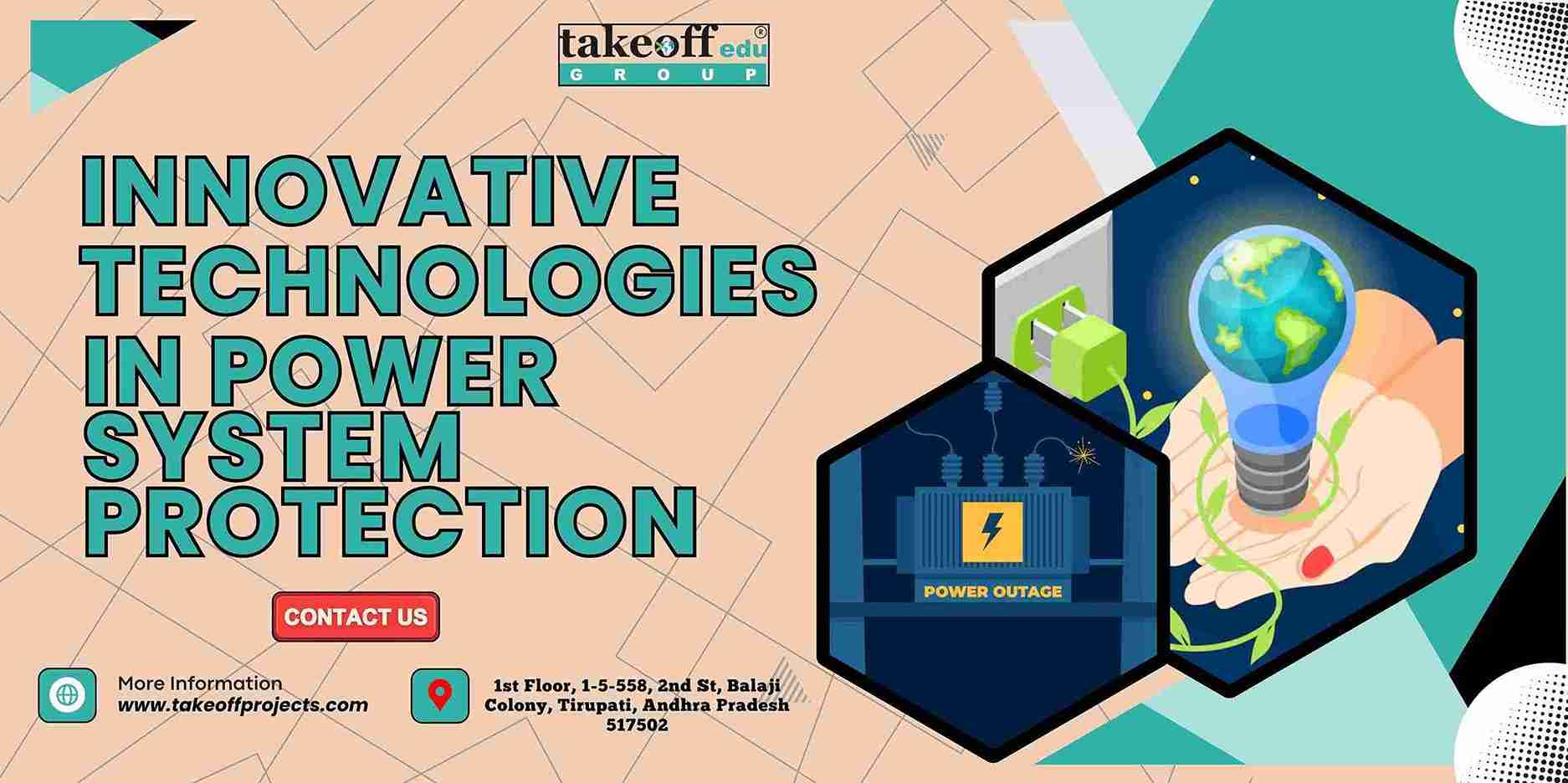
 Designing Efficient Power Converters: Tips and Techniques
Designing Efficient Power Converters: Tips and Techniques  Advances in Power Semiconductor Devices
Advances in Power Semiconductor Devices  Power Electronics: Key Concepts and Applications
Power Electronics: Key Concepts and Applications 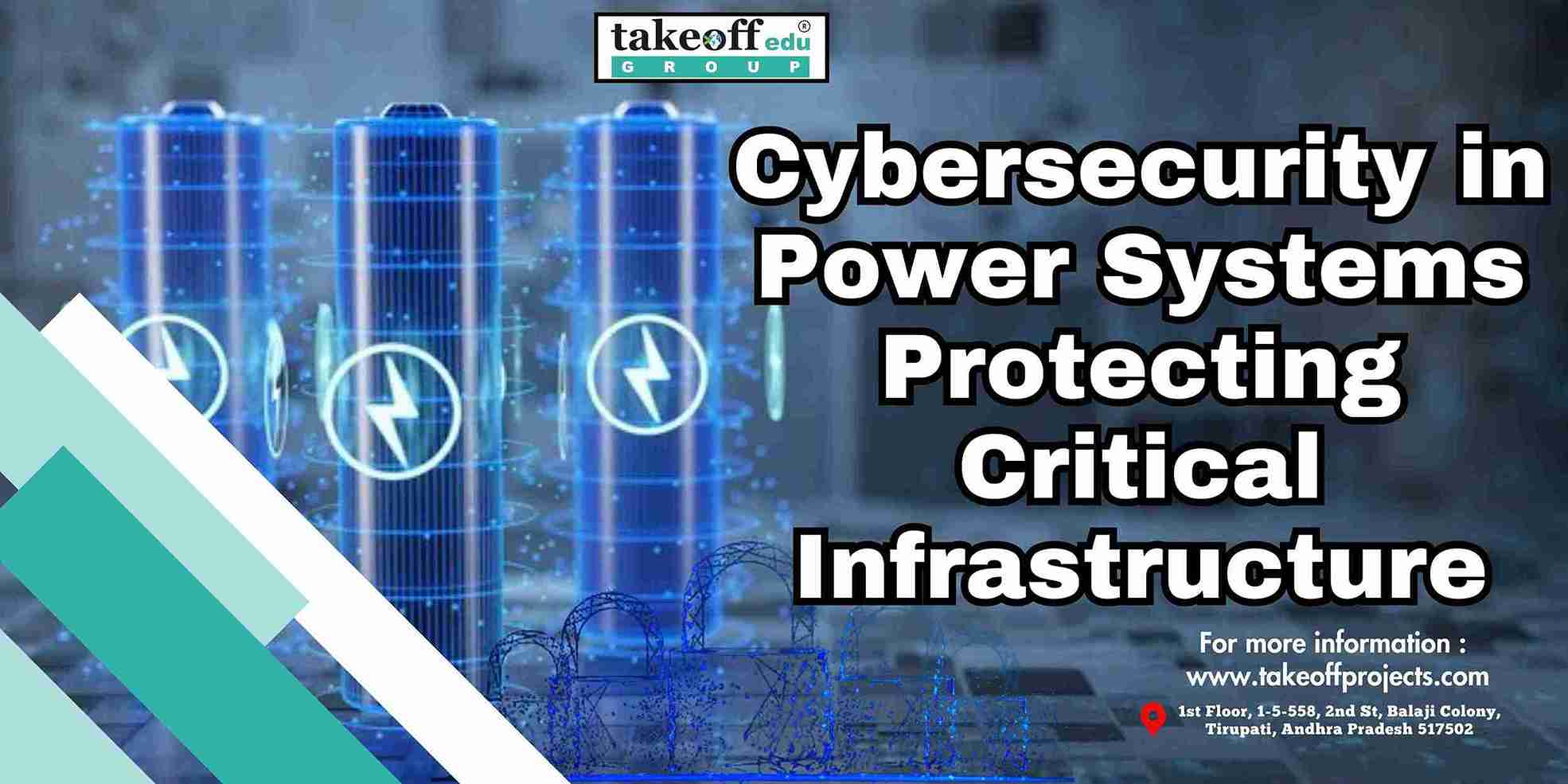 Cybersecurity in Power Systems: Protecting Critical Infrastructure
Cybersecurity in Power Systems: Protecting Critical Infrastructure  The Evolution of Power Transmission: From AC to HVDC
The Evolution of Power Transmission: From AC to HVDC  Impact of Energy Storage on Power System Management
Impact of Energy Storage on Power System Management 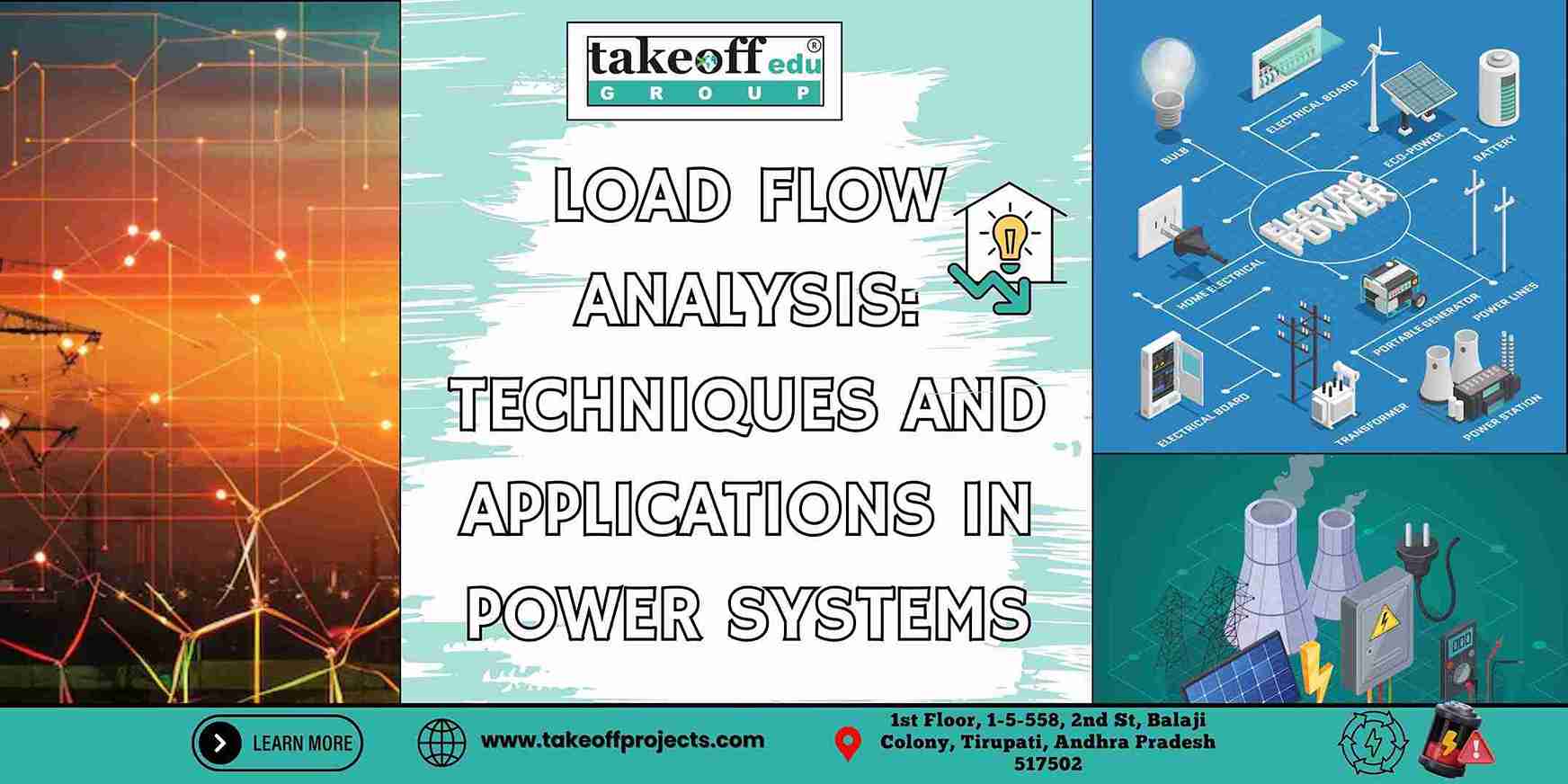 Load Flow Analysis : Techniques and Applications in Power Systems
Load Flow Analysis : Techniques and Applications in Power Systems  Microgrids: Enhancing Resilience and Efficiency in Power Systems
Microgrids: Enhancing Resilience and Efficiency in Power Systems  Challenges and Solutions in Power System Stability
Challenges and Solutions in Power System Stability 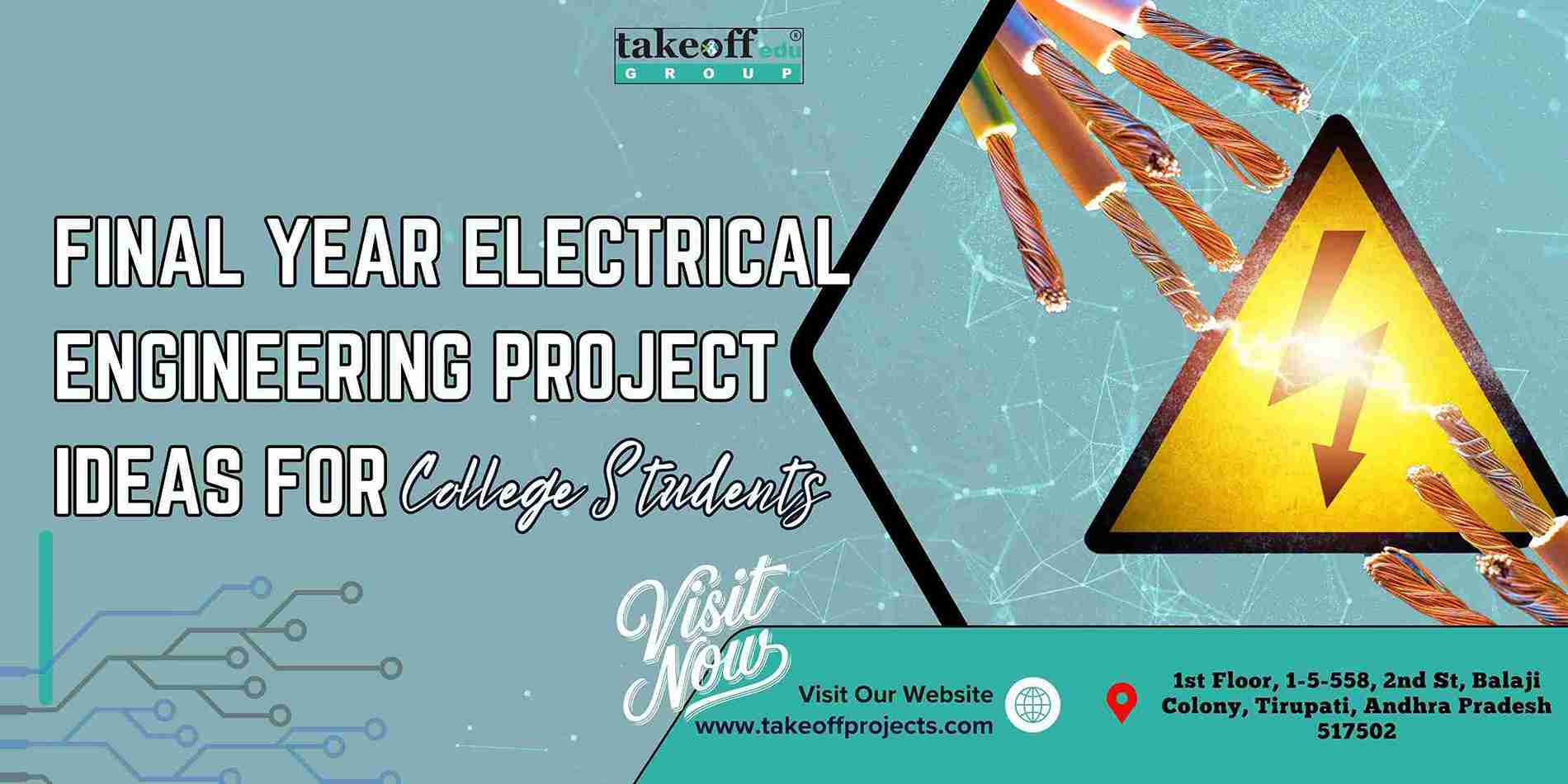 Final Year Electrical Engineering Project Ideas for College Students
Final Year Electrical Engineering Project Ideas for College Students  The Role of Renewable Energy in Modern Power Systems
The Role of Renewable Energy in Modern Power Systems  Smart Grids: Revolutionizing the Future of Power Systems
Smart Grids: Revolutionizing the Future of Power Systems  Automated Power Factor Correction: Improving Energy Efficiency
Automated Power Factor Correction: Improving Energy Efficiency  Powering the Future: A Renewable Energy Harvesting System
Powering the Future: A Renewable Energy Harvesting System  Smart Grid Solutions: Enhancing Electrical Distribution Efficiency
Smart Grid Solutions: Enhancing Electrical Distribution Efficiency 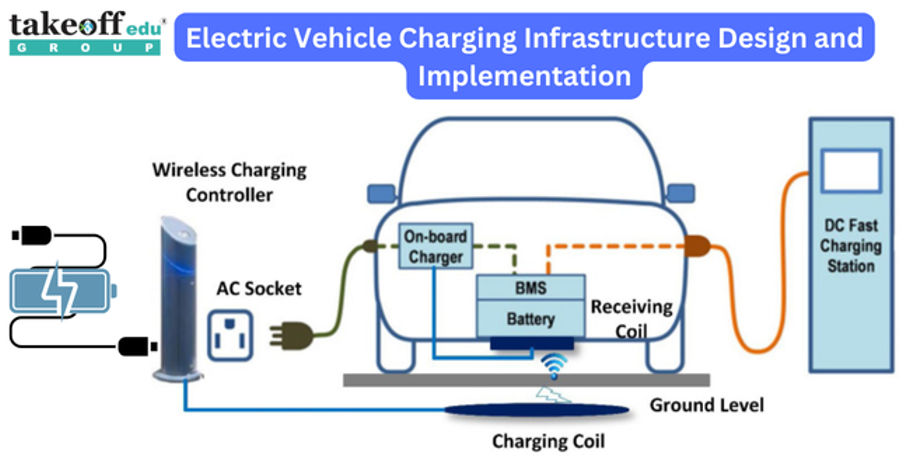 Electric Vehicle Charging Infrastructure Design and Implementation
Electric Vehicle Charging Infrastructure Design and Implementation 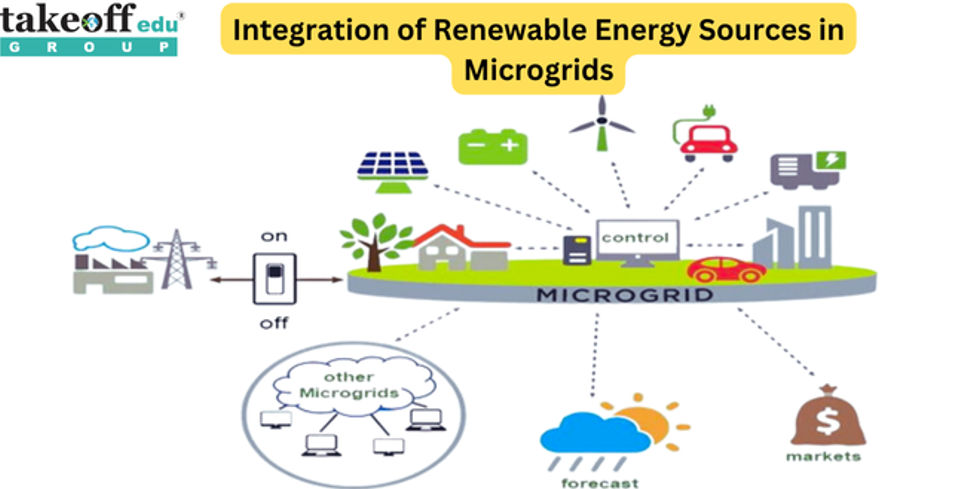 Integration of Renewable Energy Sources in Microgrids
Integration of Renewable Energy Sources in Microgrids  Electrical Projects Engineering Students
Electrical Projects Engineering Students  M.Tech Thermal Engineering Projects
M.Tech Thermal Engineering Projects  IEEE Projects for Electrical Engineering
IEEE Projects for Electrical Engineering  Mini Projects for EEE
Mini Projects for EEE  Mini Projects for Electrical Students
Mini Projects for Electrical Students  Top Electrical Projects for Final Year Students
Top Electrical Projects for Final Year Students  10 Interesting Projects for Electrical Engineering Students 2022
10 Interesting Projects for Electrical Engineering Students 2022  7 Trending Power Systems Based Projects for EEE
7 Trending Power Systems Based Projects for EEE  Top 10 Power Electronics Projects for EEE
Top 10 Power Electronics Projects for EEE  Top 16 Electrical Engineering Projects
Top 16 Electrical Engineering Projects 
 Paper Publishing
Paper Publishing



